Plattner Gold Chlorination Process

The use of chlorine as an agent for the extraction of gold from ores was first suggested by Dr. John Percy, F.R.S., at the Swansea meeting of the British Association, in a paper embodying the results of experiments carried out later. Simultaneously, Prof. C. F. Plattner, Assay Master at the Royal Freiberg Smelting Works, applied chlorine […]
Roasting in Metallurgy
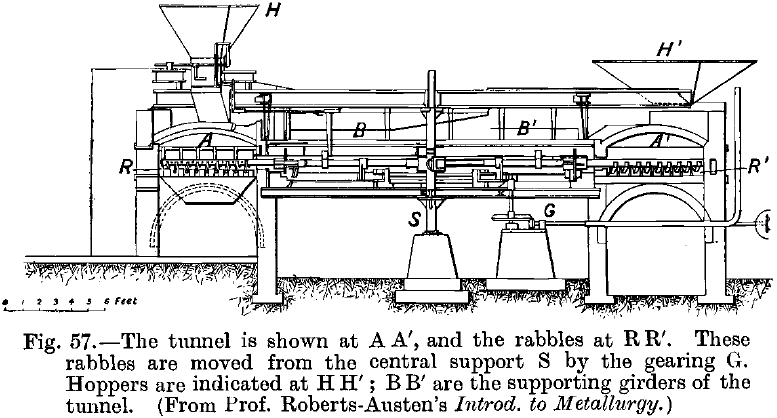
In metallurgy, the operation of roasting, as a preliminary to chlorination, has for its object the expulsion of the sulphur, arsenic, antimony and other volatile substances existing in the ore, and the oxidation of the metals left behind, so as to leave nothing (except metallic gold) which can combine with chlorine when the ore is […]
Tube Mills

Tube Mills consist of revolving cylinders, the interior of which is perfectly plain. They contain a number of hard balls. They differ from ball mills essentially in having the inlet for ore at one end and the outlet at the other, and in the absence of provision in the machine itself for the return of uncrushed […]
Steam Powered Stamp Mills
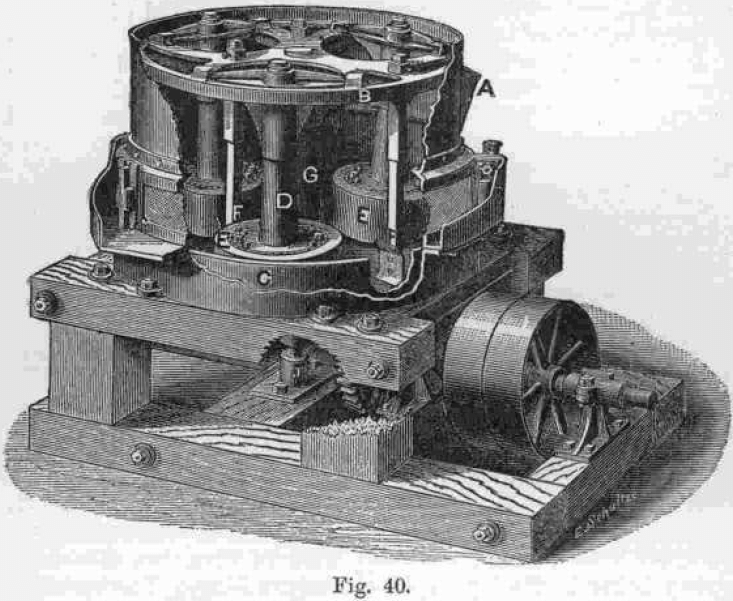
Since within certain limits and under certain conditions the capacity of a stamp battery depends on the number of blows given per minute and on the momentum of the fall, various contrivances have been suggested with a view to increase both of these. In pneumatic stamps, such as the Husband and Phoenix stamps, a crank […]
Stamp Battery

The stamp battery must be regarded from two different points of view, (a) as a crushing machine, (b) as an amalgamating machine, and it should be remembered that the modifications designed to make it a more efficient crusher often reduce its power as an amalgamator, and vice versa. Stamps were originally designed as crushing machines, and […]
High Production Sluice Box

The gold sluices in which the gold is caught are constructed on exactly the same principles as those already described, but are larger and, though usually made of wood, are of more massive construction, in accordance with the great quantities of gravel to be handled and the continuous nature of the work. The sluices are commonly […]
Placer Gold Mining Methods
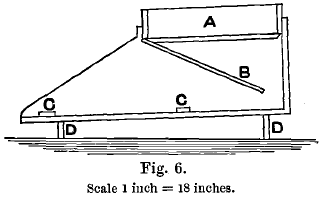
The gold deposits grouped together under the name of “ placers ” comprise sands, gravels, or any loosely coherent or non-coherent alluvial beds containing gold. They have accumulated owing to the action of running water, in the beds of rivers, or on the adjoining inundation plains, or on sea beaches. They fall naturally into two […]
Underground Mine Ventilation
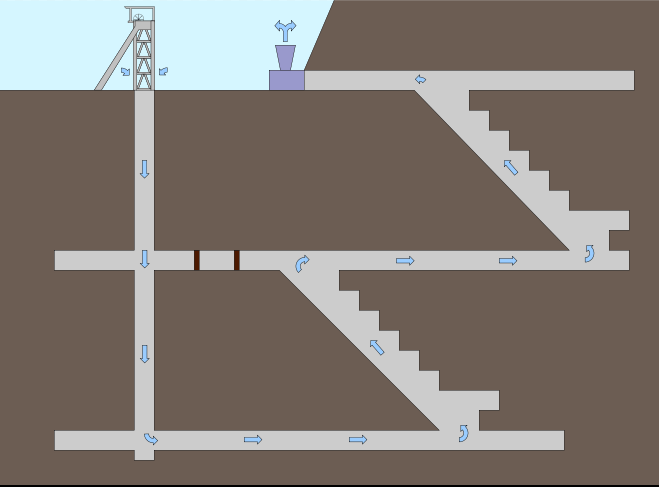
Something that all of the various and mining techniques have in common board and pillar, stoping, caving, long wall mining; is that they take place in underground environments where fresh air does not naturally occur. Not surprisingly, ventilation is a critical importance to the occupational health and safety of underground workers. A continuous supply of […]
Dissemination of Gold

Dissemination of Gold.—The wide distribution of gold in minute quantities throughout the world was pointed out by W. E. Dubois, an Assayer in the United States Mint, in 1861, and is further attested by a large number of specimens now in the Percy collection. These consist of small specks of gold of different sizes which […]
Gold Compounds
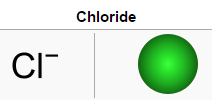
Gold is characterised chemically by an extreme indifference to the action of all bodies usually met with in nature. Its simpler compounds are formed with difficulty, and decompose readily, especially when heated. The result is that gold is found in nature chiefly in the metallic form, and the mineralogist has, therefore, few compounds to consider. […]
